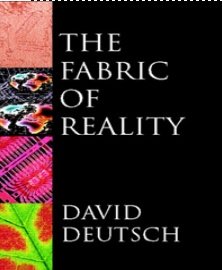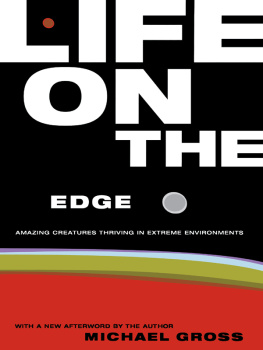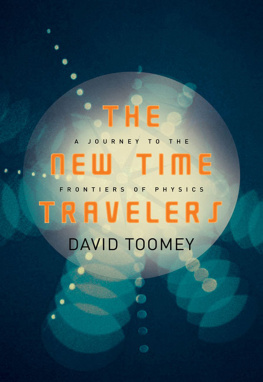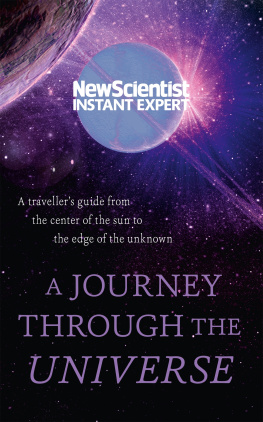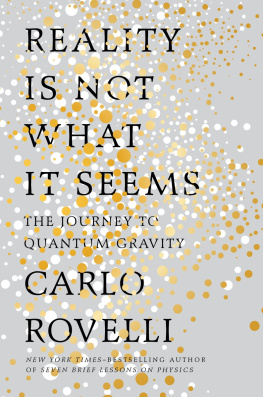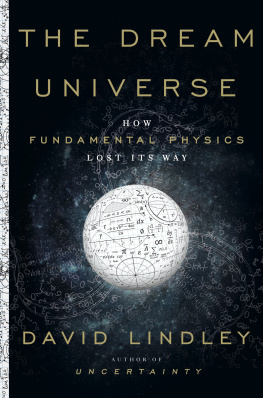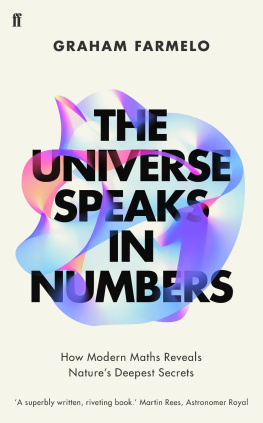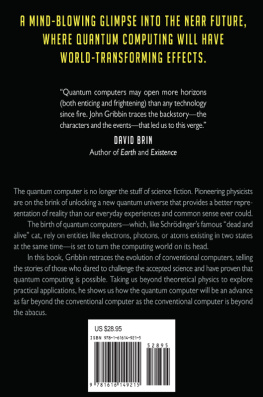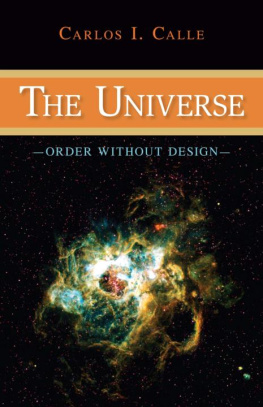Michael Dine - This Way to the Universe: A Theoretical Physicists Journey to the Edge of Reality
Here you can read online Michael Dine - This Way to the Universe: A Theoretical Physicists Journey to the Edge of Reality full text of the book (entire story) in english for free. Download pdf and epub, get meaning, cover and reviews about this ebook. year: 2022, publisher: Penguin Publishing Group, genre: Non-fiction. Description of the work, (preface) as well as reviews are available. Best literature library LitArk.com created for fans of good reading and offers a wide selection of genres:
Romance novel
Science fiction
Adventure
Detective
Science
History
Home and family
Prose
Art
Politics
Computer
Non-fiction
Religion
Business
Children
Humor
Choose a favorite category and find really read worthwhile books. Enjoy immersion in the world of imagination, feel the emotions of the characters or learn something new for yourself, make an fascinating discovery.
- Book:This Way to the Universe: A Theoretical Physicists Journey to the Edge of Reality
- Author:
- Publisher:Penguin Publishing Group
- Genre:
- Year:2022
- Rating:3 / 5
- Favourites:Add to favourites
- Your mark:
- 60
- 1
- 2
- 3
- 4
- 5
This Way to the Universe: A Theoretical Physicists Journey to the Edge of Reality: summary, description and annotation
We offer to read an annotation, description, summary or preface (depends on what the author of the book "This Way to the Universe: A Theoretical Physicists Journey to the Edge of Reality" wrote himself). If you haven't found the necessary information about the book — write in the comments, we will try to find it.
Michael Dine: author's other books
Who wrote This Way to the Universe: A Theoretical Physicists Journey to the Edge of Reality? Find out the surname, the name of the author of the book and a list of all author's works by series.
This Way to the Universe: A Theoretical Physicists Journey to the Edge of Reality — read online for free the complete book (whole text) full work
Below is the text of the book, divided by pages. System saving the place of the last page read, allows you to conveniently read the book "This Way to the Universe: A Theoretical Physicists Journey to the Edge of Reality" online for free, without having to search again every time where you left off. Put a bookmark, and you can go to the page where you finished reading at any time.
Font size:
Interval:
Bookmark:
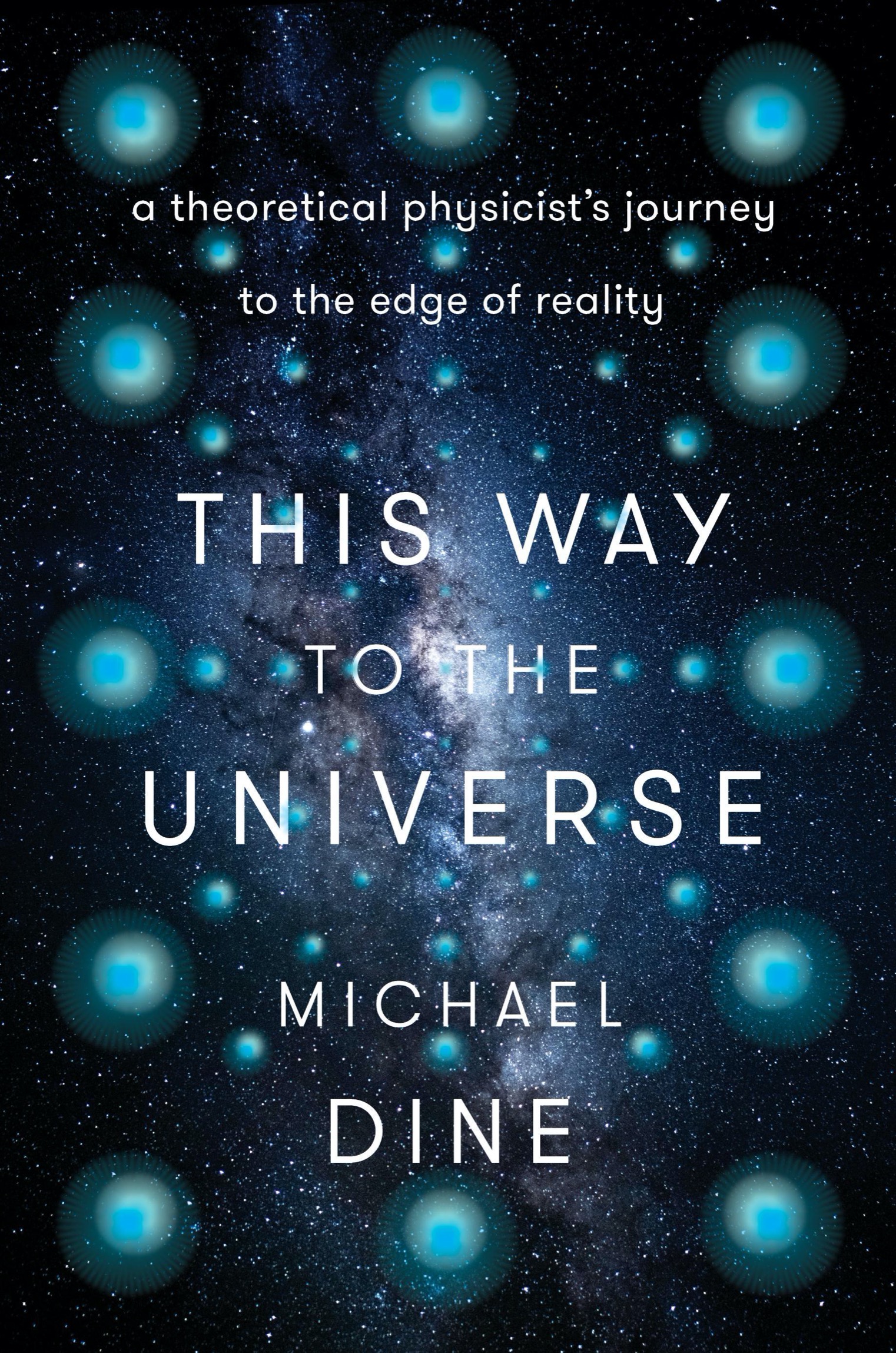
This book is a rare event: a grand overview of the leading ideas in modern fundamental physics, presented by someone who is a true master. Michael Dine has a well-deserved reputation for being a leading theorist who deeply cares about, and understands, the details of experiments and observations. This will be a rare combination of profound insight and empirical grounding that will delight a broad audience.
Sean Carroll, theoretical physicist at the California Institute of Technology; host of the Mindscape podcast; and author of From Eternity to Here, The Particle at the End of the Universe, and The Big Picture
This book, written by one of the great masters of modern physics, is an extraordinary journey into what we know, what we hope to know, and what we dont know, about the universe and the laws that govern it. Unlike other books on the subject, it does not try to sell you on the authors pet theory. In a clear and honest way, it lays out all the most important problems, puzzles, and potential solutions that modern physics faces.
Leonard Susskind, professor of theoretical physics at Stanford University and author of The Cosmic Landscape, The Black Hole War, and The Theoretical Minimum book series
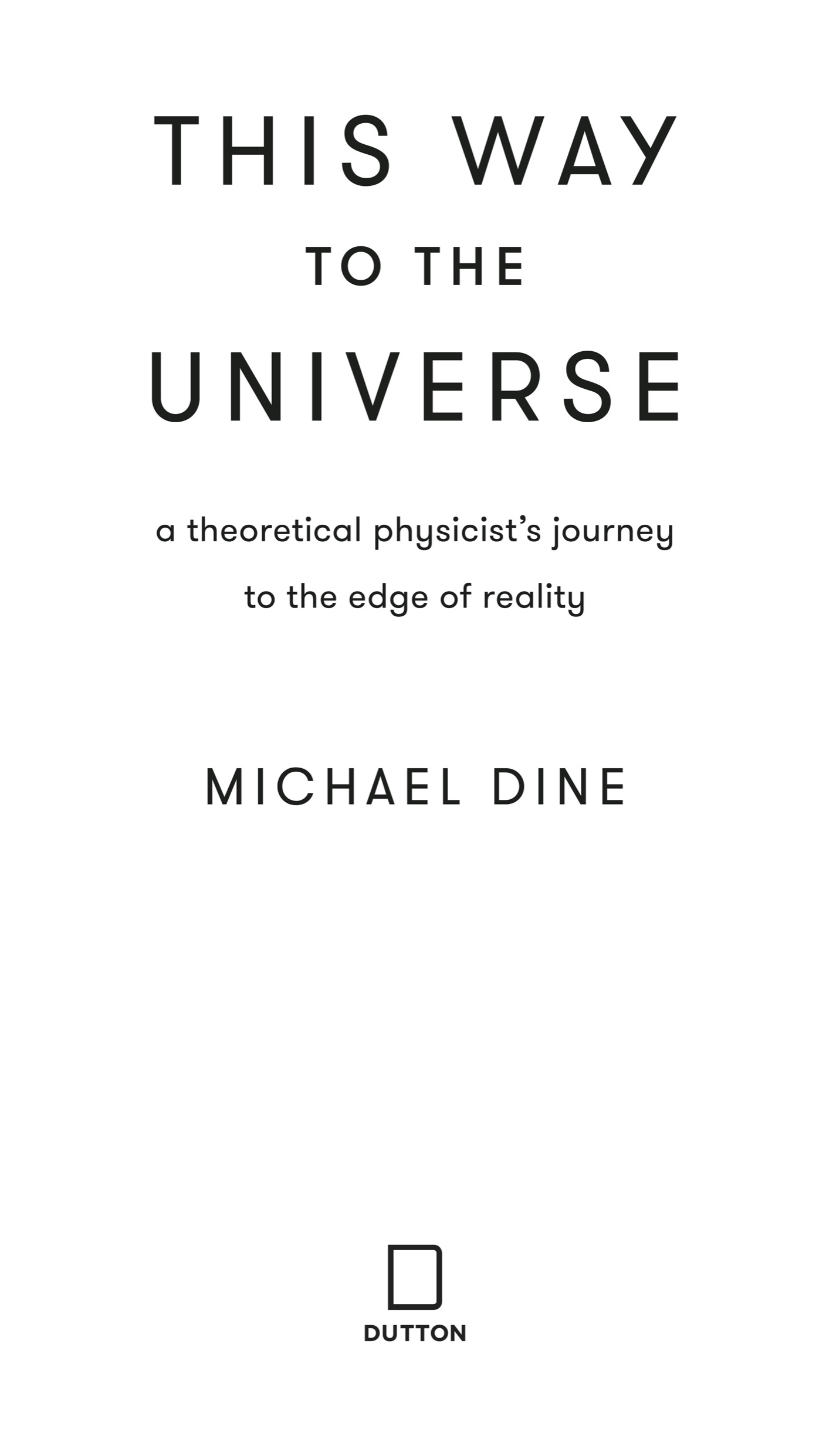

An imprint of Penguin Random House LLC
penguinrandomhouse.com

Copyright 2022 by Michael Dine
Penguin supports copyright. Copyright fuels creativity, encourages diverse voices, promotes free speech, and creates a vibrant culture. Thank you for buying an authorized edition of this book and for complying with copyright laws by not reproducing, scanning, or distributing any part of it in any form without permission. You are supporting writers and allowing Penguin to continue to publish books for every reader.
DUTTON and the D colophon are registered trademarks of Penguin Random House LLC.
library of congress cataloging-in-publication data
has been applied for.
ISBN 9780593184646 (hardcover)
ISBN 9780593184660 (ebook)
Cover design by Jason Booher; Cover images: Natapong Supalertsophon / Getty Images
While the author has made every effort to provide accurate telephone numbers, internet addresses, and other contact information at the time of publication, neither the publisher nor the author assumes any responsibility for errors or for changes that occur after publication. Further, the publisher does not have any control over and does not assume any responsibility for author or third-party websites or their content.
pid_prh_6.0_139121902_c0_r0
This book is dedicated to Melanie, Aviva, Jeremy, Shifrah, Matt, and Oren
It seems to be an extraordinary moment. On the one hand, we face daunting challenges: climate change, global pandemics, the threat of nuclear war. On the other hand, as a species, we have knowledge of the worldand the universearound us beyond anything humans might have imagined even a century ago. No matter what happens, we have an unprecedented understanding of the natural world of which our daily experiences sample only a tiny corner. Our lives play out on scales of centimeters, meters, kilometers, perhaps thousands of kilometers. But we know about nature on smaller scalesfar, far smaller than the size of an atomic nucleus. We also know about the universe out to unimaginably large distances. Even more amazing is what we knowreally knowabout events billions of years ago, and we can make statements with near certainty about what will happen to the universe for the next few tens of billions of years. An extraordinary moment indeed.
Most of us have heard about faraway stars and galaxies, have some inkling that the universe emerged from a big bang billions of years ago. But precisely how large and how old is the universe? Where did it come from? What is its ultimate fate? How do we find answers to these questions?
We are aware of atoms and maybe somewhat aware of things smaller than atoms. How can we possibly know about atomic nuclei that are far too small to see with the most powerful microscopes? How do these tiny things control the operation of the universe at large, as well as events like making a sandwich, using a credit card, or driving to work? From the largest scales to the smallest scales, our universe can seem impossibly mysterious. Can we do more than speculate about the architecture of the cosmos and its building materials? Can we construct experiments that will answer our questions about reality at such fantastic scales?
As I write this, we are still confronting the Covid-19 pandemic. From this ordeal, were all now familiar with the significance of powers of 10. In the early stages of the outbreak, the number of cases was growing by nearly a factor of 10 every week. Here is what that meant for projections about cases in the United States.
March 10, 2020
1,000
March 18, 2020
10,000
March 25, 2020
100,000
April 3, 2020
1,000,000
April 7, 2020
10,000,000
From 100 people to 10 million people sick in a matter of five weeks. After that, in this case, the growth would have slowed, only because it would have been harder for the virus to encounter people who had not already been infected. Fortunately, states and local communities, to a large extent, adopted shelter-in-place restrictions within a few days of March 11, 2020, a little less than two weeks after the exponential growth began. Two weeks later, about the time from exposure to the virus to visible symptoms, the effects of the partial lockdown started to be felt. So on March 10, there were 994 cases, just under our thousand expected, 9,307 on March 18, somewhat further below our 10,000 expected. But by March 25, the effects of social distancing became visible, with 68,905 cases. On April 3, 250,000 cases, and on April 11, 509,000a factor of 200 less than our worst-case scenario. The drastic measures we took as a society saved millions of lives. Had we acted earlier, even more would have been saved; had we waited longer, an even greater catastrophe would have unfolded. Indeed, states and localities that acted earlier generally did better. Around the world, similar stories played out. Subsequent months saw waxing and waning of the virus, tied to behaviors, improved treatment strategies, and the eventual rollout of vaccines.
But powers of 10 need not always tell such a grim story. They are a valuable tool for thinking about nature. We humans occupy a tiny planet in a vast universe. At the same time, there is a world of far tinier thingsmolecules, atoms, protons, neutrons, and electrons. Powers of 10 are also a useful concept in these happier pursuits. In 1977, while a graduate student visiting the Smithsonian Institution with my brother, I watched the video Powers of Ten, by Charles and Ray Eames (a couple best known for their work in industrial design). This beautiful film summarized our understanding of nature at that time, on the largest and smallest scales. Starting with a couple enjoying a beautiful spring day, occupying a space maybe two meters across in each direction, it explored scales progressively larger by factors of 10parks, cities, states, nations, the planet, the solar system, galaxies, and clusters of galaxies. It then proceeded in the other direction, describing smaller scalesparts of the human anatomy, then cells, atoms, and the nuclei of atoms. It summarized for me pretty well what I was learning in my studies. To be honest, there was a good deal I didnt yet know in that film.
Font size:
Interval:
Bookmark:
Similar books «This Way to the Universe: A Theoretical Physicists Journey to the Edge of Reality»
Look at similar books to This Way to the Universe: A Theoretical Physicists Journey to the Edge of Reality. We have selected literature similar in name and meaning in the hope of providing readers with more options to find new, interesting, not yet read works.
Discussion, reviews of the book This Way to the Universe: A Theoretical Physicists Journey to the Edge of Reality and just readers' own opinions. Leave your comments, write what you think about the work, its meaning or the main characters. Specify what exactly you liked and what you didn't like, and why you think so.


